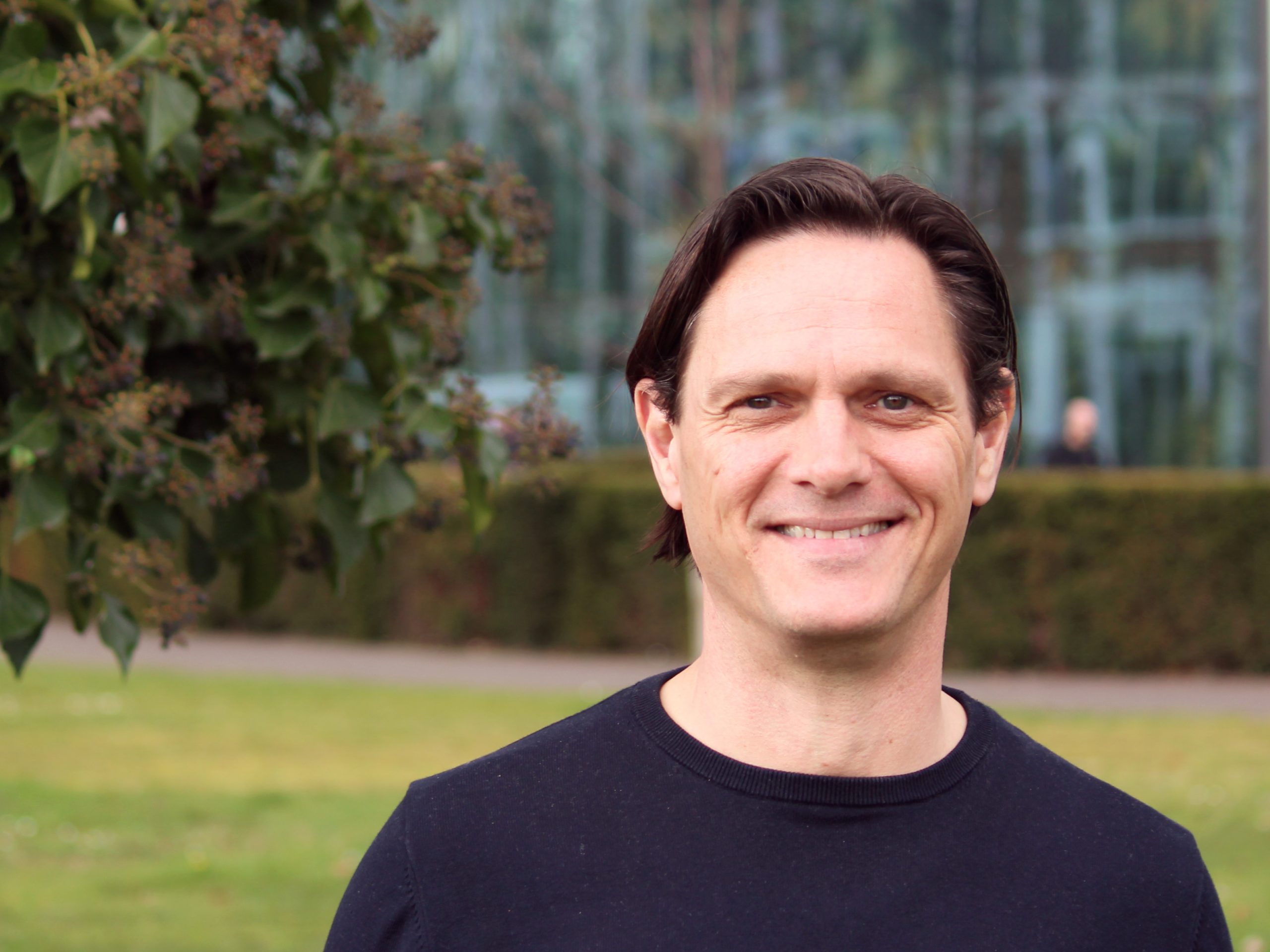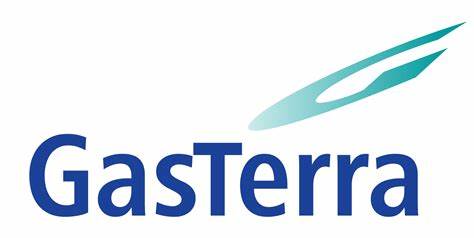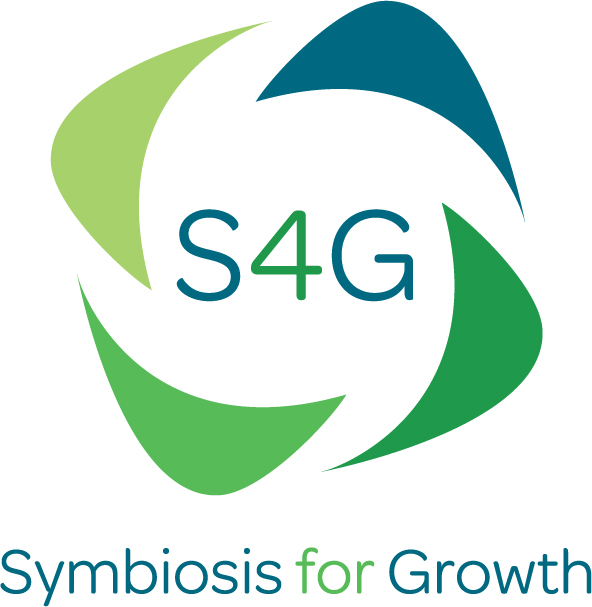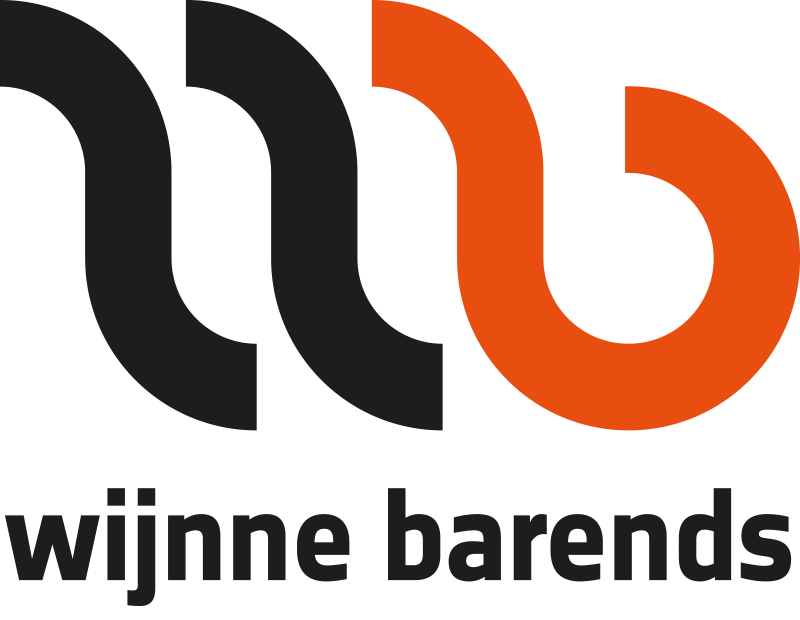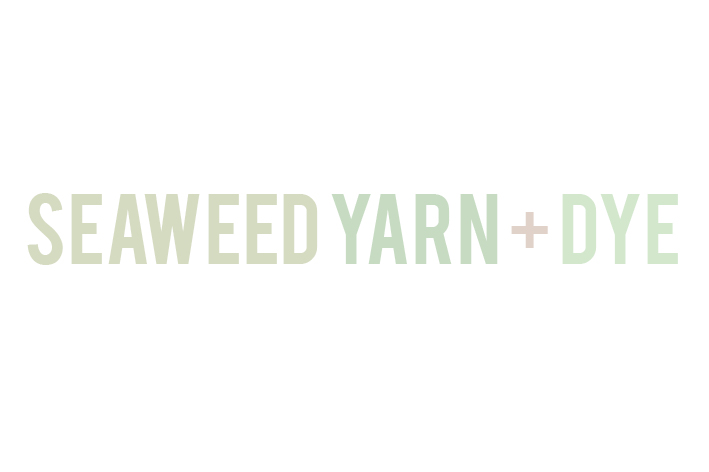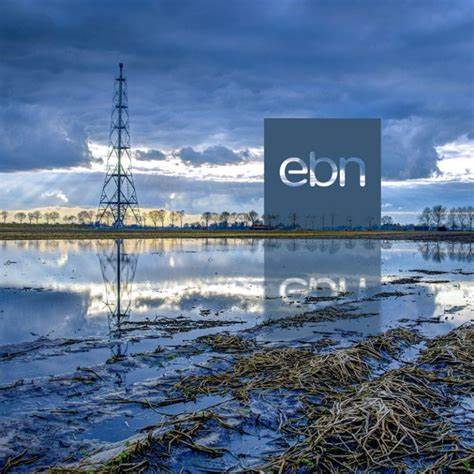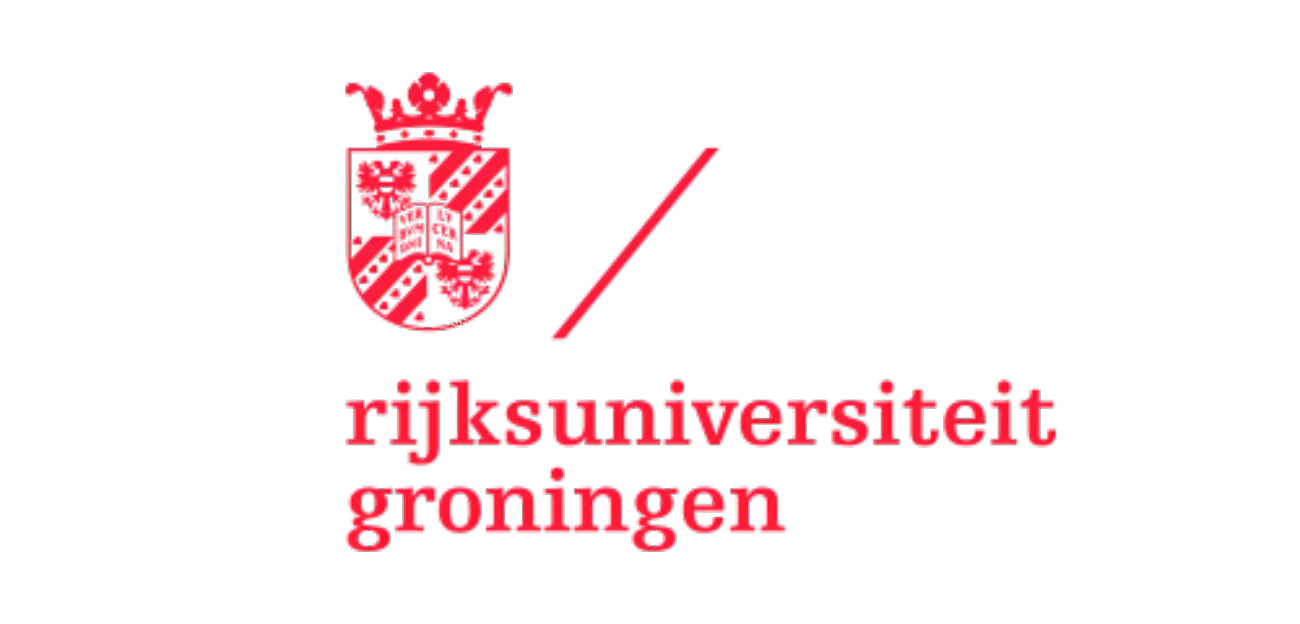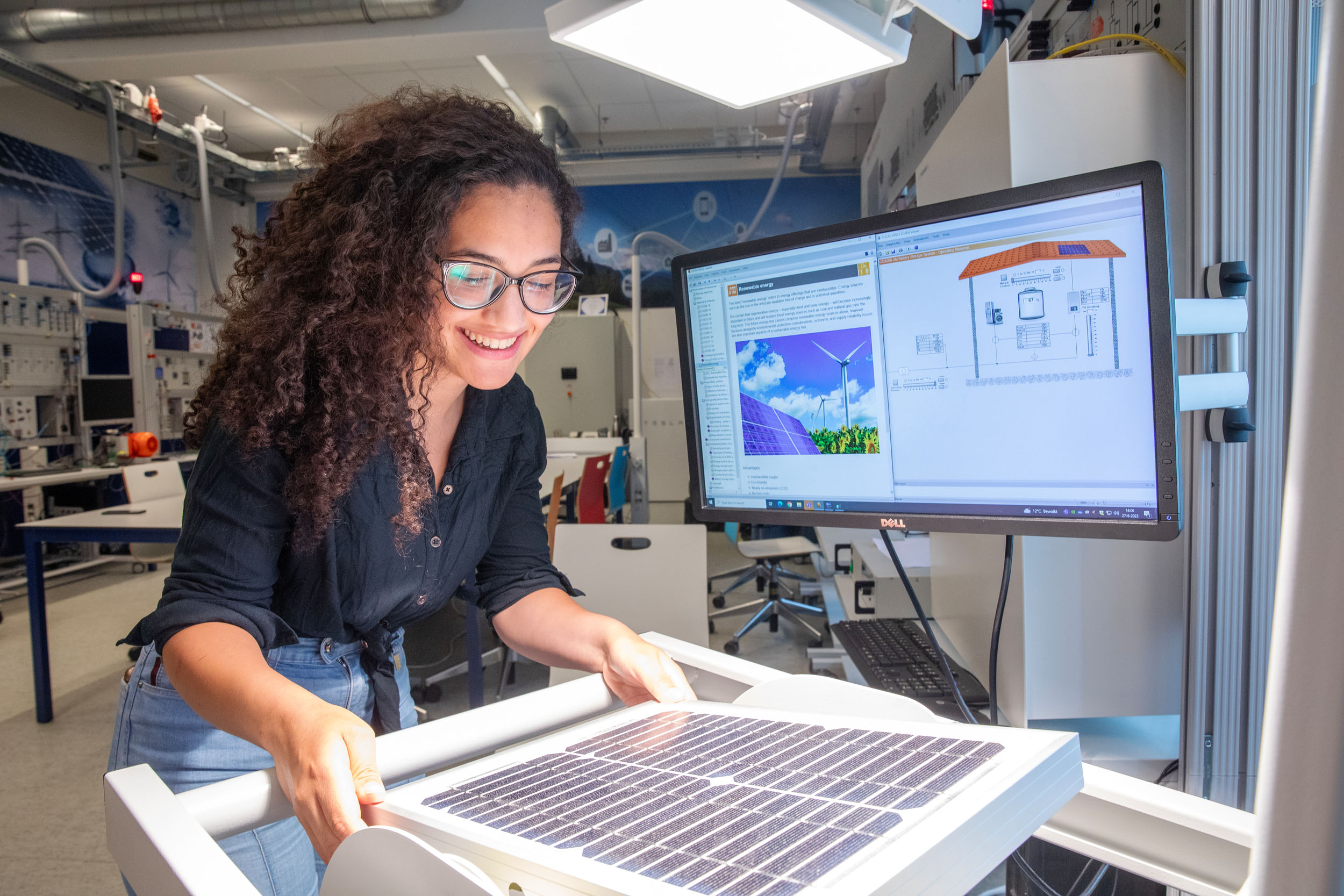“The ambitions are high, and we need everyone and everything to achieve them, but the shared challenge matches the scale of our goals,” say Ralph Simons, Director of MNEXT – Centre of Expertise for Materials and Energy Transition – and Sanne Jongejan, Director of the Technology & Engineering sector at Curio. “Individually, we are all achieving great results, but to truly make a lasting impact, we must combine the strengths of different organizations.”
Both leaders are referring to the recently launched Green EGCh – Green Energy, Resources & Chemistry program, an intensive collaboration between Avans, Curio, and industry partners, supported by funding from the European Just Transition Fund. Ralph continues: “For our institutions, the primary goal in the materials and energy transition—and therefore in this program—is to train more and better (future) professionals through applied research and education. We are preparing people for jobs and competencies that, in many cases, do not yet exist.”
Green Tech Campus
Applied research is a crucial tool for aligning the supply and demand of human capital in the West Brabant region. Experience from recent years shows that collaborating with regional businesses in research projects strengthens the innovative capacity of both vocational education and industry. As a knowledge institution, we support businesses by providing expertise, access to facilities, and funding opportunities. Together, we develop knowledge that companies can apply directly in practice. At the same time, we learn which new skills young professionals must master.
“By involving students in research and integrating acquired knowledge into the curriculum, education remains continuously up-to-date,” says Sanne.
The program includes the development of research facilities at Avans and Curio, connecting different pieces of the puzzle. Various labs and disciplines, which are currently scattered across Brabant, will be brought together in a single location. What makes this unique is that researchers from vocational education (mbo), applied sciences (hbo), and industry will all work side by side. This significantly shortens communication lines—supply and demand literally come together.
Sharing and Gaining Knowledge
Having a physical space for research and collaboration is one thing, but ensuring long-term, thematic partnerships between education, research, industry, and government is another. The program aims to establish a regional Learning Community, where all stakeholders are welcome—provided they are willing to invest in it as well. Participants are not only expected to gain knowledge but also to actively contribute, whether through expertise, resources, research questions, or student projects. This approach fosters an ongoing dialogue, benefiting all involved.
This collaboration results in a strategic research agenda for the region, aligned between mbo, hbo, and industry. It also opens doors for professionals and career switchers in the framework of Lifelong Learning. Research and cooperation lead to new essential competencies, which are then documented and translated into short training programs, retraining opportunities, and even entirely new educational tracks. This ensures that current employees can keep up with changes, while career switchers are trained with the skills of the future.
Finally, Ralph and Sanne emphasize that Green EGCh does not have to start from scratch. A strong foundation has already been built over the past decades, and we are not alone in this effort.
“We aim to build on the solid ecosystem that the region already has. By leveraging existing expertise from businesses, knowledge institutions, and application centers, we can give the region a fresh boost. Strong players, each with their own expertise, create an even stronger whole. We provide the region with tangible tools to accelerate the transition to green chemistry. The funding from the Just Transition Fund is a significant support in this mission, allowing us to mobilize more people and resources to achieve our goals.”

The Green EGCh project has a total budget of €3.5 million and is co-financed by the European Union, the Dutch Ministry of Economic Affairs and Climate Policy, and the Dutch Ministry of Social Affairs and Employment, through the Just Transition Fund.





